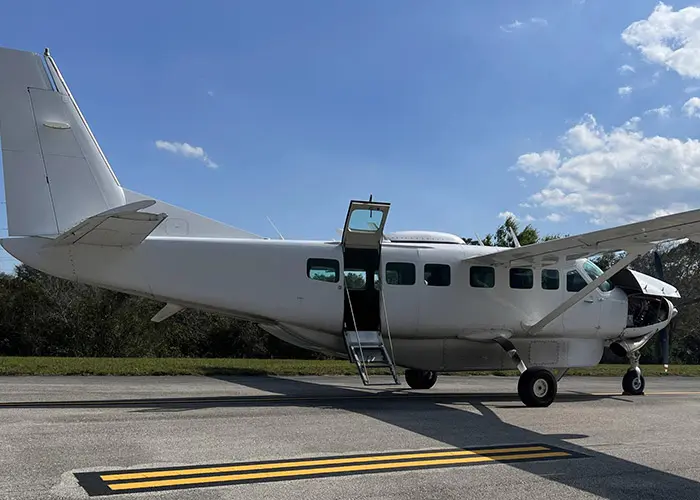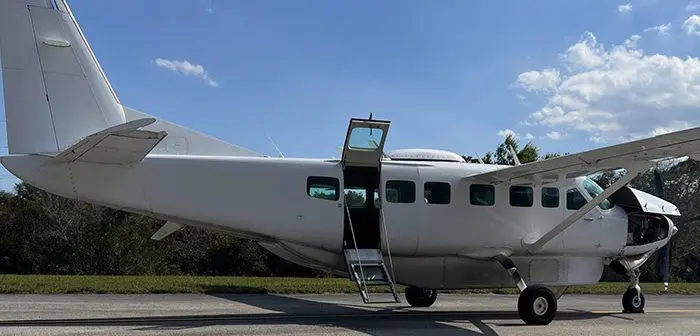
Gogo has conducted successful flight tests of its Plane Simple Electronically Steered Antenna (ESA).
Gogo worked with MAG Aerospace to test gate-to-gate continuous operations through all planned maneuvers, including standard taxi, take-off, and landing, as well as more challenging racetrack, figure-of-eight patterns, ascent/descent profiles, and hard bank movements up to 30 degrees.
Abrupt power loss and muting were also trialled, with systems reconnecting immediately and automatically without the need for engineer intervention.
Conducted in Florida, the trial successfully showcased the potential for customers to benefit from the antenna’s full-duplex performance, which allows data to be sent and received simultaneously. The full-duplex ESA is being developed in conjunction with Gilat Satellite Networks Ltd and is expected to support the demanding mission requirements of VVIP, head-of-state, government, and special missions operators by unlocking the full broadband potential of the Eutelsat OneWeb constellation.
During the flight trials, the ESA maintained stable connections with the satellite network to support multi-device connectivity, enabling applications including streaming (Netflix, YouTube 8K), Teams video conferencing and messaging, WhatsApp video calls, email, corporate VPN access, and OneDrive usage simultaneously for multiple passengers.
The test team used MAG Aerospace’s Universal Adapter Plate, a Federal Aviation Authority-certified turnkey radome system, to mount the ESA to a Cessna Caravan.
“The system performed flawlessly throughout the test program and did not require remedial intervention at any point, highlighting the capability of this multi-purpose antenna,” said Gogo CEO Chris Moore. “As the third antenna in the Plane Simple series, we’re excited to see it move one step closer to market introduction and commercial service. Its flexible applications and ability to support distinct and varied missions add real value to our growing terminal portfolio as we continue delivering purpose-built, future-proofed connectivity solutions.”
Manufacturing of pre-production hardware has already begun to support FAA airworthiness testing and final network-type approval activities. Production hardware delivery to support customer STCs is expected later in 2025.





